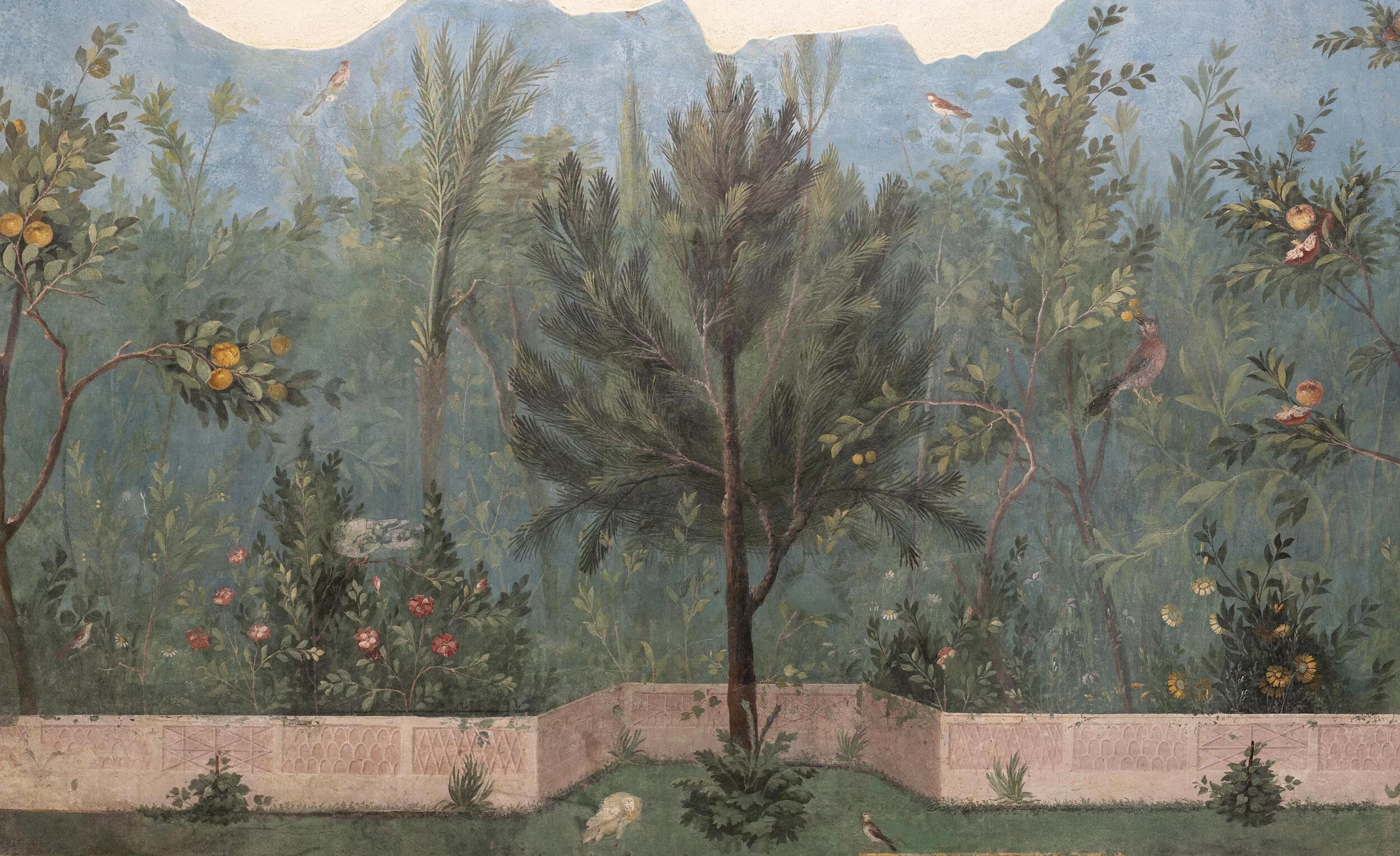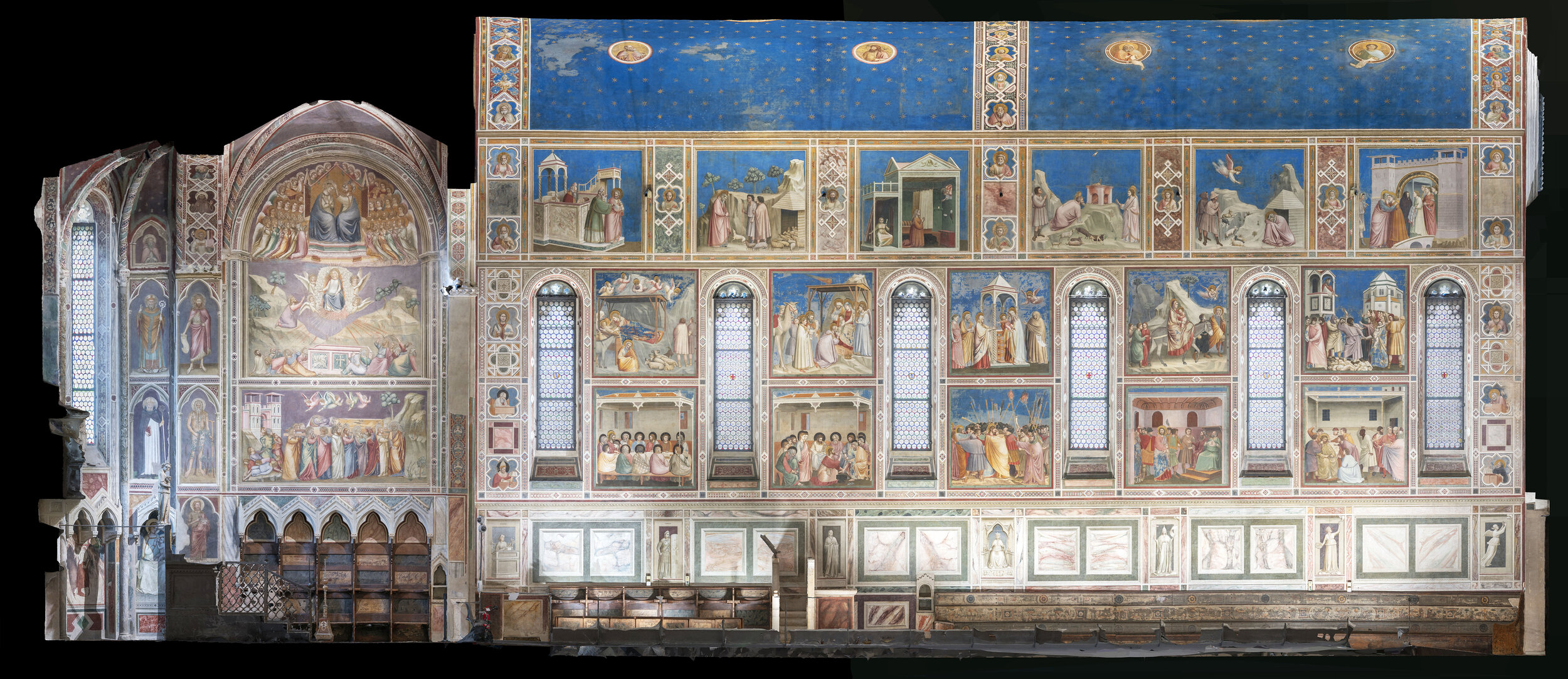VR Renaissance Frescoes
Recording of a talk presented in spring 2019 as part of the ‘supercomputing for everyone’ series at IU.
Access the Inaccessible
The virtual environments allow undergraduate and graduate students in a 15th C. Italian Art and Architecture class to explore four masterpieces of Italian Renaissance fresco work interactively and at-scale:
1. Ambrogio Lorenzetti’s “Good and Bad Government”
2. Giotto’s “Scrovegni Chapel”
3. Piero della Francesca’s “Chapel of the True Cross”
4. Massacio and Masolino’s “Brancacci Chapel”
‘Virtual scaffolding’ allows eye-level, close-up inspection of the frescoes, and audio commentary by SmartHistory accompanies the virtual visit.
Education
The virtual environments were paired with traditional, slide-based, classroom lectures as part of a graduate and undergraduate Art History class taught at Indiana University.
Design and Development
This was the first time these spaces (or any art historical space) were photo-realistically 3D scanned and made publicly available for educational purposes as a true virtual environment. Therefore, significant testing, feedback, and iteration went into the final products before being released to the students.
Longitudinal section of the Scrovegni Chapel in Padova derived from the 3D scan.
Virtual Visits
Users can follow a guided tour by Dr.s Steven Zucker and Beth Harris of SmartHistory, or explore each virtual space at their own pace, spending as much time as they like in front of scenes or objects of interest.
Additional tours focusing on a variety of subjects, such as social and political context, architecture, and philosophy, will be added.
True-to-life
The virtual environments are accurate in scale and color to their real-world counterparts. When using a virtual reality headset, the user feels as though they are physically standing in the tall and narrow Brancacci Chapel, or immersed in the kaleidoscopic polychromy of the Capella Scrovegni.


